Bigodi Wetland Sanctuary | Kibale Birding
Bigodi Wetland Sanctuary | Kibale Birding: is a fascinating area, located within Magombe swamp near Kibale National Park. In fact, the sanctuary is 6 kilometers away from Kanyanchu Information Center in Kibale district. The name Bigodi is a Rutooro word derived from Kugodya translated as “to walk wearily”. The place is a community-based project that is managed by the local community organization called “Kibale Association for Rural and Environmental Development” (KAFRED). This was established in 1992 to support eco-tourism enterprises to ensure that local communities benefit from tourism. Hence reducing poverty while protecting the environment.
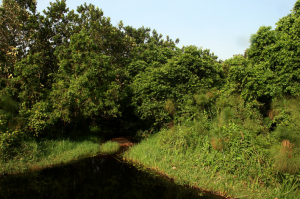
The wetland has rich green and beautiful vegetation comprised of trees, wild palms, polite fig-trees, dormant papyrus, raffia palms, plants and flowers. These are basically used in making handcrafts like baskets, mats among others. It also favors wildlife including 138 bird species, butterflies, insects, 8 primate species. These include; chimpanzees, black and white colobus, red colobus, red-tailed monkey. Olive baboon, vervet monkey, grey-cheeked mangabey and L’Hoest monkey. The wetland is also a home to animals like sitatunga, otters, bush pigs, warthogs, bushbucks, mongoose, etc. It also hosts reptiles such as snakes, frogs, lizards many more. Besides, it has got a circular 4.5 kilometers trail with wood platforms. This generally enables visitors to take a guided nature walk in the swamp to view wildlife and the extensive array of biodiversity.
Activities in Bigodi wetland sanctuary
Birding
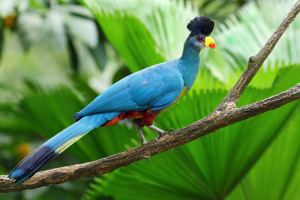
A knowledgeable tour guide in birding will take you through this activity. While here, the guide will explain about different bird species as you trail along the swamp and thick lush. Bird species include; the great blue turaco also known as the “Royal lover”. This is due to the fact that it stays single for the rest of its life once it has lost its loved one. Flycatcher, western nicator, Abyssinians, white spotted fluff tail, black capped apalis, green breasted pitta. Brown chested alethe, yellow billed barbet, grey winged robin chat, brown throated wattled eye, cuckoos. King fishers, sunbirds, tinker birds, cranes, egrets, parrots, not to mention but a few.
Wildlife viewing
Tourists follow different trails in the swamp with an experienced guide who will help them in spotting the animals. Wildlife viewing can either be carried out in the morning or in the evening although animals are most active in the morning. During this activity, different primates will be spotted such as chimpanzees, black and white colobus, red colobus. Red-tailed monkey, olive baboon, vervet monkey, grey-cheeked mangabey and L’hoests monkey. Other animals to spot include; otters, bush pigs, sitatungas, mongoose, bushbucks, civet cats, warthogs, etc.
Community visits
Your guide will lead you to the local community which consists of both the Batooro and Bakiga people and here you will interact with them. You will visit the Bigodi women’s group who make art and craft materials. These include; bags, mats, ropes, beads and baskets with the materials got from the swamp. Tourists also visit the local community businesses, medicine men who treat different diseases with herbs. Also discover homestays made of mud and bricks and gardens to see how they grow and process coffee. While here, you will experience local foods and enjoy performances from the enyange dance and drama group which will leave you amazed.
Guided nature walks
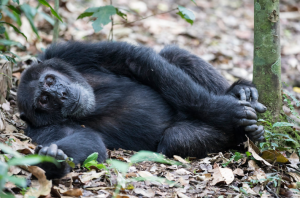
With the help of your guide, you will trail through the swamp whereby you will come across the fauna and flora in this area. These include; several mammals, papyrus plants, amphibians, reptiles, insects, butterflies, etc. However, walks are best done in the morning when the swamp habitats are most active. These include; monkeys in the trees, birds nesting, chimpanzees and other animals like the bushbucks, sitatungas since they sometimes move from the park to the swamp.
How to get there
You can get to Bigodi wetland sanctuary through Kampala-Mubende-Fort portal-Mbarara-Kamwenge. Not that it is approximately a 6 hours’ drive from Kampala.

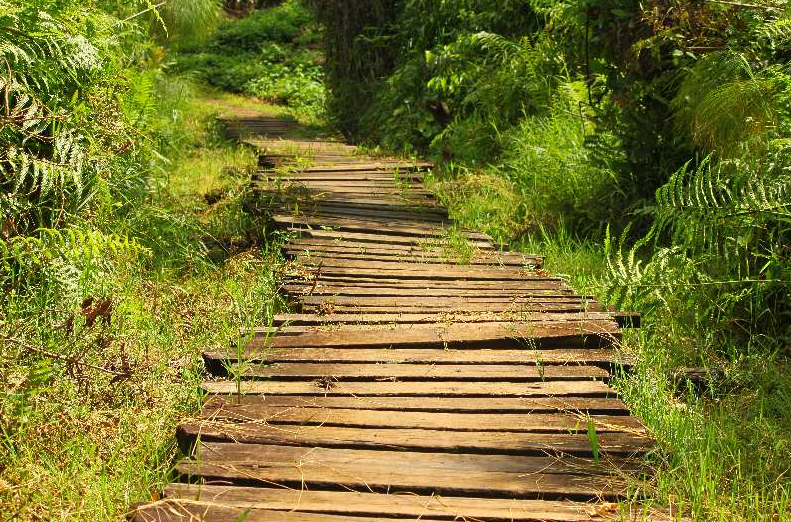
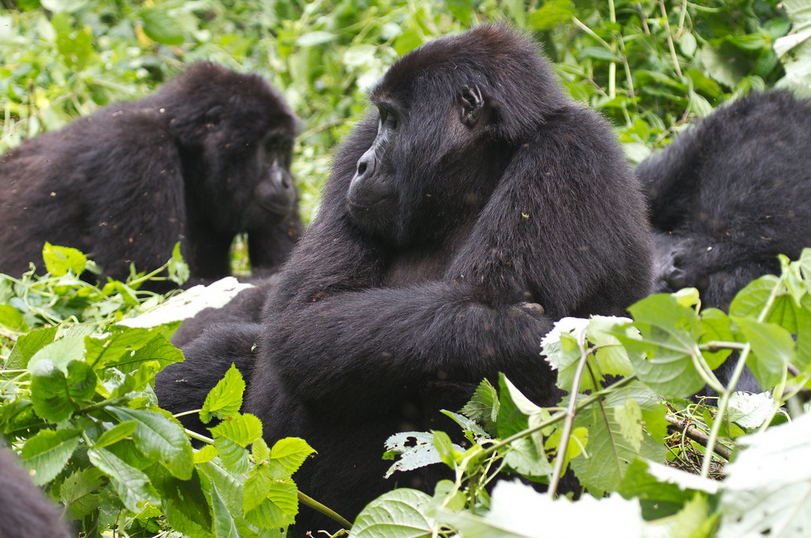
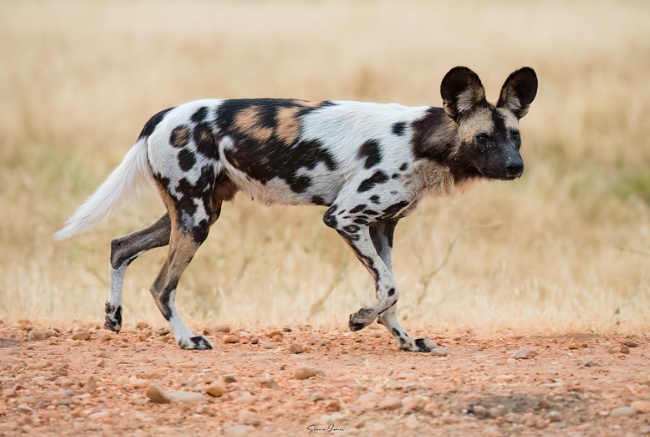


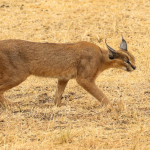






1 Comment
[…] reside in swamps, savannas, forests and in Uganda you can spot them in Katonga Wildlife Reserve, Bigodi wetland sanctuary, Queen Elizabeth National Park, Murchison Falls National Park, Ssese Island among […]